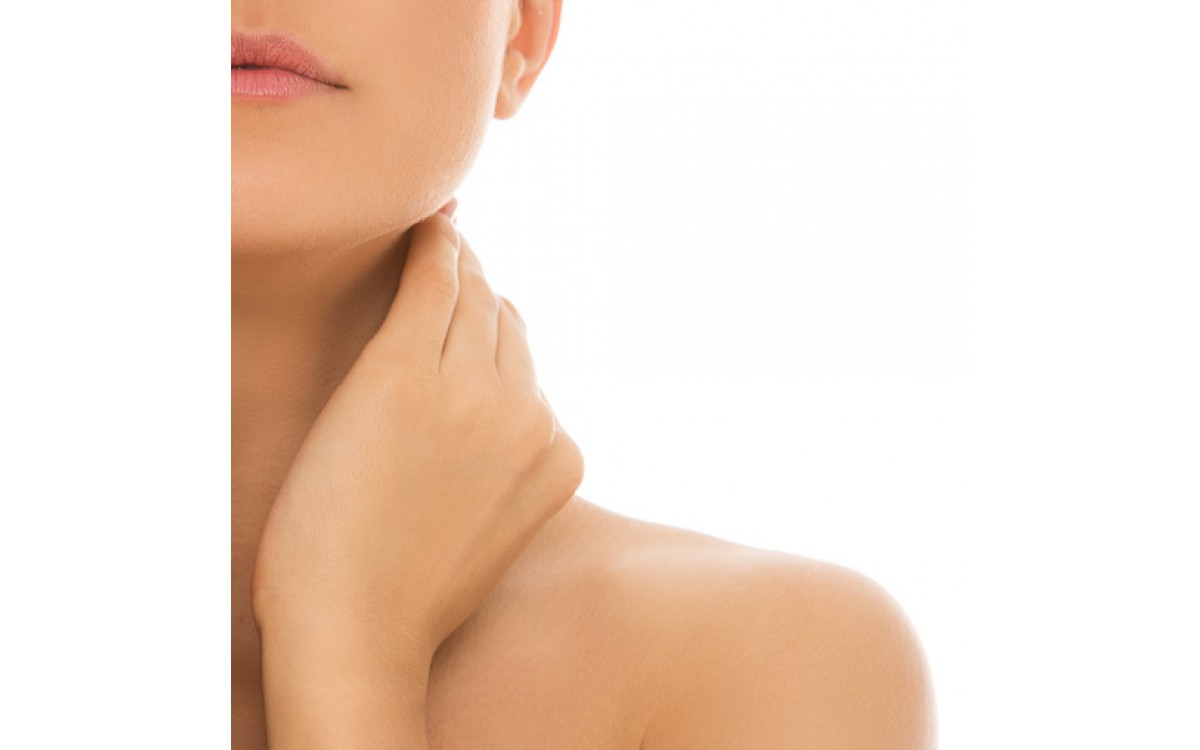
How and why to do a patch test
Everyone has their own unique skin so it’s impossible to say how an individual will react to a particular ingredient. While many of the ingredients with known, more universal, sensitivities are avoided in natural skincare (the artificial fragrances in particular, as well as many preservatives and additives) it is still possible that you may react to a natural ingredient.
Plants and herbs are potent, it’s why they’re included as active ingredients in our skincare. Generally their effect is positive, but we should also cautiously find out if we have reactions to any particular ingredients.
What is a patch test?
A patch test is a means to understand whether you are sensitive to any particular products or ingredients. It simply involves applying a small amount of the product, or ingredient, to a small area of skin and observing if there is any reaction.
It should be performed whenever you use a new product or ingredient. A patch test gives personal information about how you respond, which may be different to the response of others. So don’t rely on results from others, find out for yourself.
In a patch test you apply a small amount of the product to a relatively hidden area of skin to see. Then you wait to see how your skin responds. Any reaction will be obvious within 24 hours.
The patch test results tell you whether it is advisable, or not, to use the product tested and what kind of reaction, if any, you can expect.
It will not tell you why you react that way, but further research can help decipher that and help you make an informed decision about which ingredients to use or to avoid.
How to do a patch test
A patch test should be performed in conditions as close as possible to the way in which you intend to use the product. So, for example, when testing a face product, test on an area that is like the face, but more discrete, such as the side of the neck. This area will still have the thinner, typically more reactive, skin of the face but is not so visible, in case a reaction does occur (while still being visible for you in a mirror to inspect the results).
Other good ‘hidden’ and yet sensitive areas for testing are the inner wrist, inner elbow and the back of your knees. You could choose to test in two separate areas for comparison.
If you know you are sensitive in a particular area, this is where to test a product for irritation, again looking for the most discrete position possible. Similarly, if you want to test to see if a product will affect a particular condition, such as acne or clogged pores, test in the area where you are most likely to experience this.
Keep the area of your patch test quite small, about two to four centimeters squared. This is large enough for you to spot any reaction but small enough for you to be able to deal quickly with it if necessary, and not too obvious to those not looking for it.
To begin your test, first clean the area.
Use a Q-tip, brush or cloth to dab a small amount of product onto your test area and then cover with a waterproof plaster.
The reaction may happen immediately, or it may take 24 hours or longer to respond. If its an ingredient you’re particularly concerned about, wait at least a day between performing the patch test and deciding whether to use the product.
If you feel at all uncomfortable during the test period, remove the plaster and cleanse the area. Otherwise, wait 24 hours and then remove the plaster. If there is no visible irritation you are ok to go ahead and use the product.
As you become aware of which ingredients are best for you, you will be able to proceed with confidence. The simpler the ingredients, the easier this is.
How to respond to a positive patch test
A positive patch test is one in which you do see a reaction to the ingredient tested. This may, for example, be redness, itching, swelling, hives or irritation*
If this occurs, Firstly, wash the area thoroughly with plain water and don’t use the product. Apply a soothing oil if necessary. Something known to be good for sensitive skin would be ideal, such as sweet almond oil or olive oil
Secondly, note the specific ingredients in the product so you can gradually test each one, eliminating ingredients that are fine, to decipher which is the ingredient that may not agree with you.
Use this as guidance for what to avoid in future, being careful to read the ingredients list and learning to recognise the ways in which your problem ingredient may be referred to.
Thirdly, for deeper understanding, do a little research to understand the family that your sensitive ingredient comes from, find out if plants related to it have a similar effect for you. You may even be able to isolate the constituent part of the plant that you react to and find out if that is present in any other ingredients.
Finally, when it’s appropriate to – and if you feel you’d like to – return to the ingredient you’re nervous of to check if your reactions have changed. Sensitivities can come and go through life. Sometimes sensitivities are brought on through hormonal changes (especially in puberty, pregnancy and menopause) and may abate later; or they may impact seasonally or in combination with other ingredients or in specific applications. So it’s possible that a permanent, blanket ban is not necessary. But only do what you are comfortable with.
—–
The more you know about yourself and your responses to ingredients, the more you can progress with confidence in creating and using the skincare that is absolutely right for you.
Enjoy learning about your skin, its needs and the herbs and oils that can help it, and do keep performing patch tests to build your confidence.


[…] Only pick them if you find them growing in abundance, and then only a few. Be sure to do a patch test with anything you create (as with all new skincare) because cowslips in particular are something […]